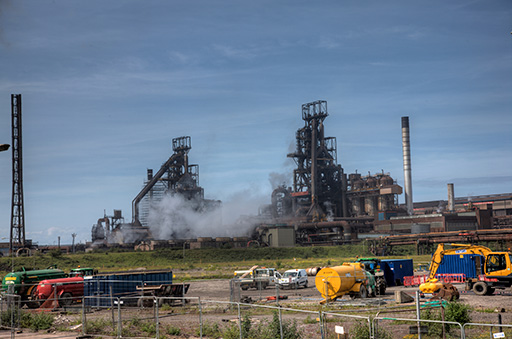3 Classifying businesses by industry sector
Businesses also obviously differ by what they do. It is very common to distinguish businesses by industry or sector. An industry is a group of businesses that are related in terms of their main activity, for example manufacturing cars or selling groceries. Smaller industries (for example, the car manufacturing industry) can be grouped into larger industry sectors (for example, the manufacturing sector in general). An individual business is classified as belonging to a certain industry on the basis of its main activity. So, for example, a car manufacturing business may also have a small financial services arm (to provide finance to customers to help them buy a new car) but that financial services arm would probably only be about 10% of the business’s overall activity, whereas car manufacturing might be 80%. Therefore, this business would be classified as belonging to the car manufacturing industry, and not financial services.
Economists often distinguish three broad sectors of the economy:
- The primary sector involves extracting and harvesting natural products from the earth (for example, agriculture, fishing and mining).
- The secondary sector consists of processing (for example, the processing of food stuffs produced by agriculture), manufacturing and construction. That is to say, the secondary sector takes the products from the primary sector and does something more with them.
- The tertiary sector provides services, such as retail services, entertainment or financial services.
Some people also distinguish a fourth sector, which is made up of intellectual activities, such as education.
It is useful to distinguish these broad economic sectors as we can see that there will be important differences between a business operating in the primary sector and one that provides a service. Nonetheless, it would also seem obvious that there may be big differences between businesses within the same broad economic sector. A farm and a coal mine will be very different although they are both in the primary sector; and a business that makes, say, potato chips and one that builds railway tunnels will also differ along many lines. There are quite a number of different classifications of industries and some of them go into very fine detail. Some of these coding systems have been developed to help government agencies to classify industry groups; others have been developed by financial ratings agencies to help financial investment companies make investment decisions. There is no need to go into detail on any of these classification systems here. What is important, however, is to be aware that the industry a business is in will have an important influence on how that business operates. For example, the operations of a fisheries business, a manufacturing plant or a service provider such as a telesales company, will be very different in terms of complexity, the kind of technology used and the level of investment required to set it up. There are also big differences in marketing a primary agricultural product to food manufacturers and marketing a service such as, say, carpet cleaning to consumers. While a variety of businesses in different industries face similar issues in some respects, many of the particular opportunities and challenges are strongly shaped by their industry context.

